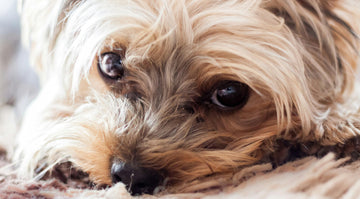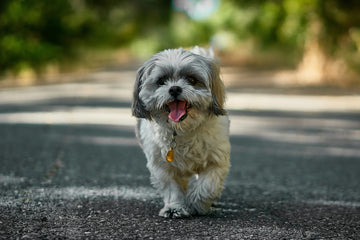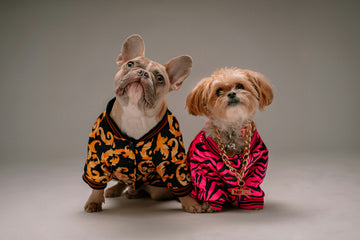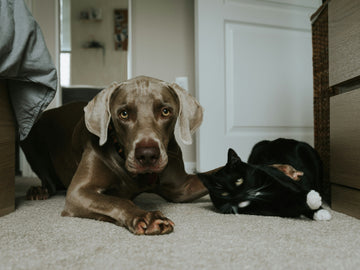If you’ve ever wondered how your dog sheds *that much hair* or what to do with all the fur, you’re not alone. It seems like no matter how often we sweep, brush, or vacuum, our furry friends leave behind enough hair to create a second pet. Especially in shedding season, managing dog hair can feel like a full-time job.
But don’t worry—there are plenty of practical and even creative ways to deal with all that fluff. Let’s explore what you can do with your dog’s hair and how to manage shedding like a pro.
Why Dogs Shed (And Why Now?)
Spring is a prime time for shedding. Dogs, like Dilly—our imaginary Heeler mix—are getting rid of their thick winter coats to prepare for warmer weather. This is completely natural and healthy, according to pet care experts, but it does mean a lot more cleanup for you.
Tips to Manage the Hair
The best way to reduce shedding? Groom regularly. Becky Clark, a professional grooming instructor, emphasizes that consistent grooming—brushing, combing, and shampooing—helps minimize the mess. For dogs with double coats, brushing can reduce shedding by as much as 90%.
“The more you groom, the less hair ends up all over your home,” says Clark.
Investing in the right tools, like a high-quality grooming brush or comb, can make a significant difference. A regular grooming routine keeps your dog’s coat healthy, manageable, and looking its best.
What to Do With All That Hair
Once you’ve brushed out a small mountain of fur, what next? Here are a few options:
1. Composting:
Dog hair is rich in nitrogen, making it a great addition to your compost pile. To speed up decomposition, spread it out thinly and balance it with other compost materials.
2. Garden Protection:
Dog hair can help keep unwanted animals, like deer and rabbits, out of your garden. Stuff hair into burlap sacks or nylons and place them around your yard. The scent of your dog will naturally deter wildlife.
3. Crafting and Recycling:
People have found inventive ways to reuse dog hair, from felting to stuffing pillows and even creating clothing items like scarves and mittens. Some organizations also collect hair for environmental projects, such as making mats that absorb oil spills.
4. Bird Nesting:
Birds love using natural materials for their nests, and dog hair can be a cozy addition. However, avoid using hair treated with flea or tick medications, as these chemicals can harm the environment.
When to Toss It
If your dog’s hair has been treated with topical flea or tick medications, it’s best to dispose of it in the trash. These chemicals can harm soil and water sources, so avoid adding them to compost or leaving them outside.
Shedding Simplified with Bobopal
Managing pet hair can feel overwhelming, but it doesn’t have to be. Bobopal’s Pet Steam Brush is designed to help reduce shedding while keeping your dog’s coat healthy and smooth. The gentle steam technology moistens the fur, making it easier to manage while reducing flying hair. With regular use, you can keep shedding under control and enjoy a cleaner, more comfortable home for both you and your furry friend.
Embrace the shedding season with a proactive approach—and maybe even a little creativity. Your dog’s hair doesn’t have to go to waste!
News
A Hairy Situation: Creative Ways to Handle Shedding Season





